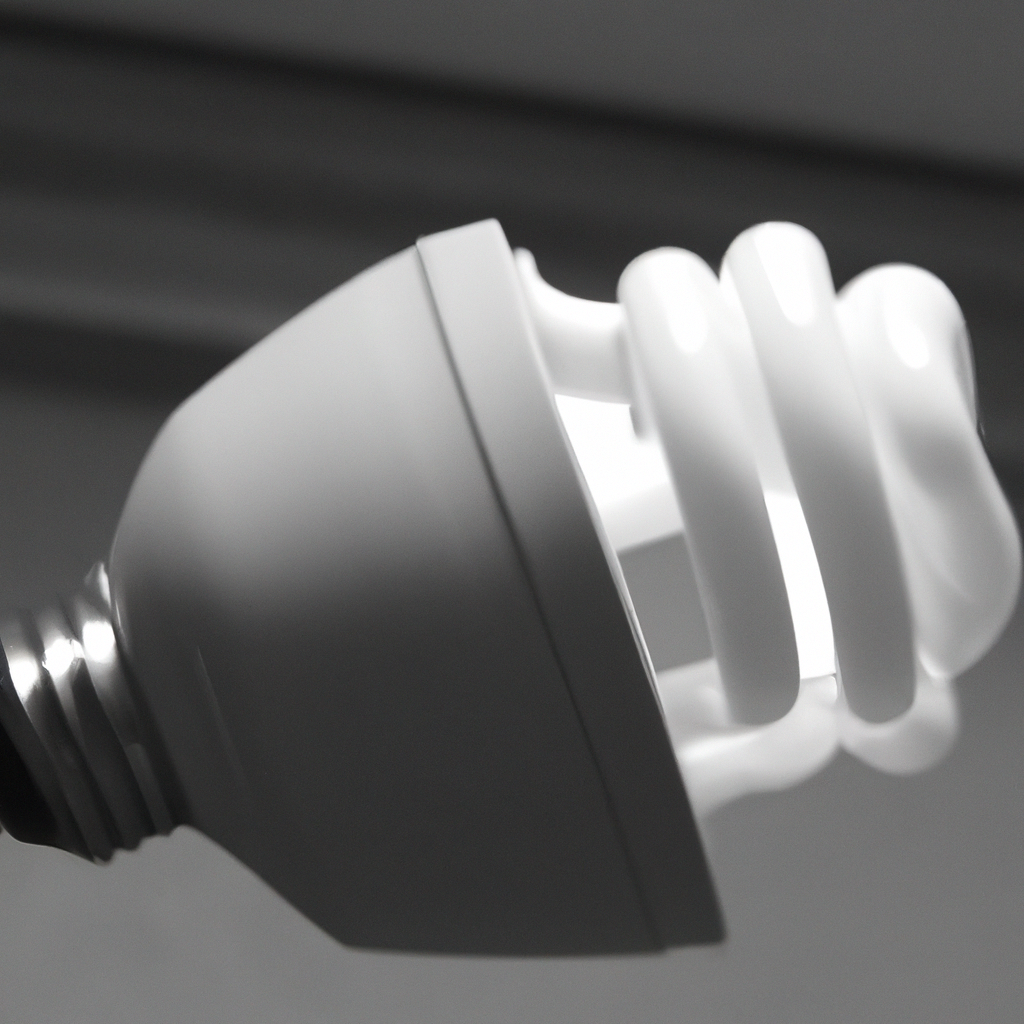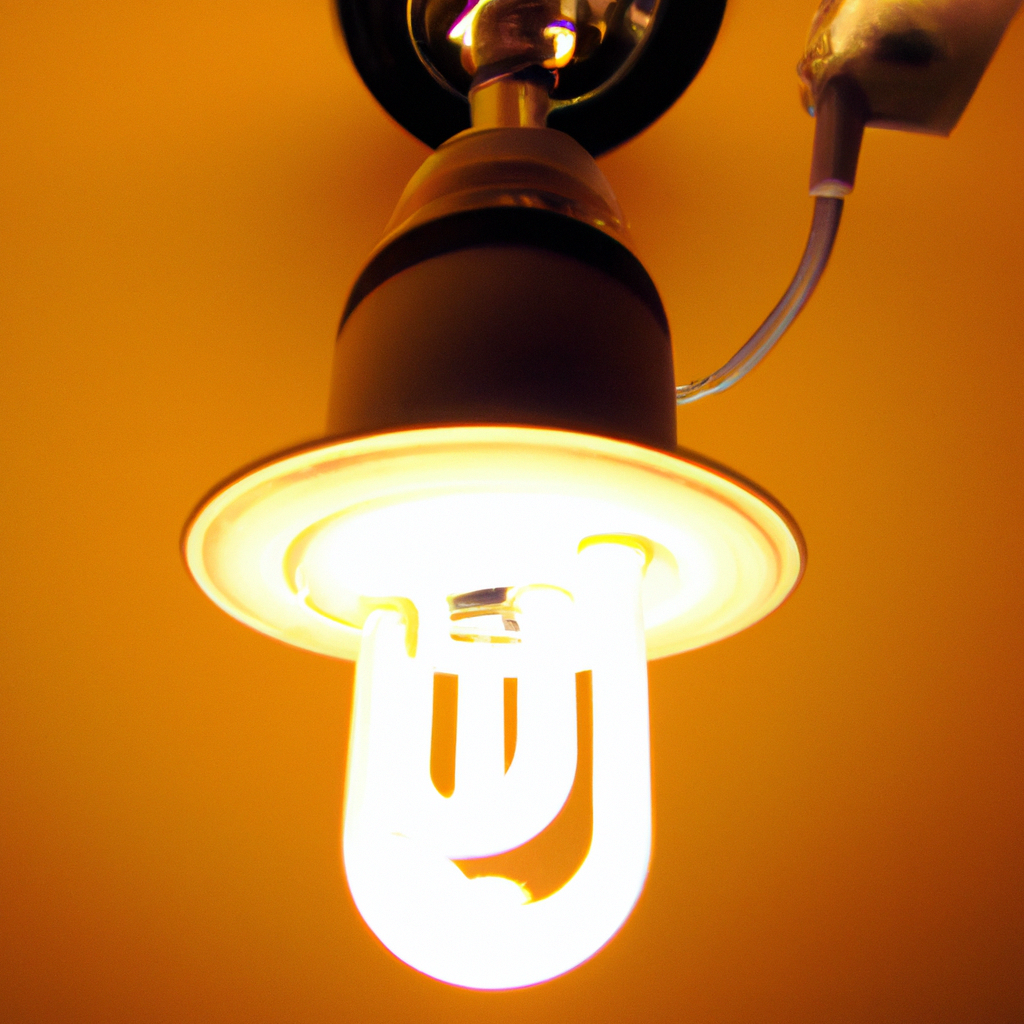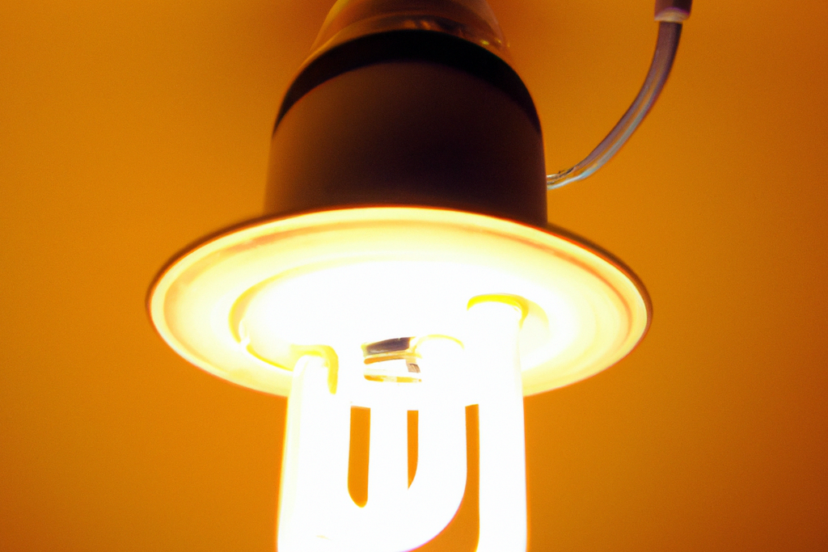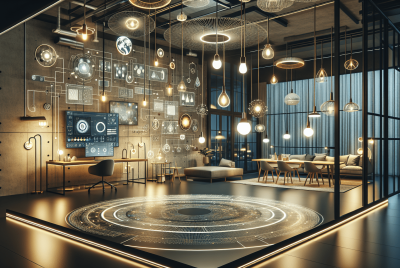Home Lighting And Mood: The Science Behind Light Temperatures And Well-being
Imagine walking into a room filled with warm, golden light that instantly lifts your spirits and creates a sense of coziness. Or perhaps you prefer a room bathed in cool, bright light that invigorates and sparks your creativity. The lighting in our homes has a profound impact on our mood and overall well-being, and understanding the science behind light temperatures can help us create the perfect atmosphere for any occasion. From the soothing glow of candlelight to the energizing brightness of daylight, this article explores the fascinating link between home lighting and our emotional state, revealing how different light temperatures can truly transform the ambiance of our living spaces.
Understanding the Science Behind Light Temperatures
Light temperatures play a crucial role in our daily lives, affecting our mood, productivity, and overall well-being. By understanding the science behind light temperatures, we can make informed choices to create a comfortable and harmonious living environment.
The Basics of Light Temperatures
Light temperature is measured using the Kelvin (K) scale, which categorizes light into three main types: cool, neutral, and warm. Cool light has a higher color temperature, typically ranging from 5000K to 6500K, and appears bluish-white. On the other hand, warm light has a lower color temperature, usually between 2500K and 3500K, and appears more yellowish.
The Role of Light in Regulation of Circadian Rhythms
Our circadian rhythms are the natural, internal processes that regulate our sleep-wake cycle, alertness, and overall physiological functions. Light exposure, especially natural sunlight, plays a vital role in synchronizing our circadian rhythms.
During the day, exposure to cool light, akin to natural daylight, stimulates the production of the hormone cortisol, making us feel more awake and alert. On the other hand, exposure to warm light in the evening signals our body to produce melatonin, the hormone responsible for inducing sleep.
The Impact of Light on Melatonin Production
Melatonin, often referred to as the “sleep hormone,” is produced by the pineal gland in response to darkness. Light exposure, particularly blue light from electronic devices and cool light sources, suppresses melatonin production, making it harder for us to fall asleep. By understanding the impact of light on melatonin production, we can make conscious choices to regulate our sleep patterns and improve our overall sleep quality.
The Connection Between Light Temperatures and Mood
The light temperature in our environment can significantly impact our mood and emotional well-being. Understanding this connection allows us to create spaces that promote positivity, relaxation, and productivity.
Effect of Cool Light on Mood and Productivity
Cool light, similar to natural daylight, has been shown to improve mood and increase productivity. Its blue-white hue stimulates alertness and enhances concentration, making it ideal for workspaces and areas where focus is required. Additionally, cool light has been found to elevate mood and reduce symptoms of depression, making it beneficial in spaces where mental well-being is a priority.
Effect of Warm Light on Relaxation and Sleep
In contrast to cool light, warm light with its yellowish hue promotes relaxation and a sense of calm. It creates a cozy and intimate atmosphere, perfect for living rooms, bedrooms, and other areas where relaxation and comfort are desired. Warm light also aids in the production of melatonin, making it essential for promoting healthy sleep patterns.
The Relationship between Light Temperatures and Emotional Well-being
Light temperatures have a profound impact on our emotional well-being. By customizing the light temperature in specific areas of our homes, we can create environments that elicit desired emotional responses. For example, a warmer light in a dining area can create a cozy and inviting ambiance, making meals more enjoyable and memorable.

Choosing the Right Light Temperature for Different Areas of the Home
Each area of the home serves different purposes, and therefore, the choice of light temperature should align with those activities and desired moods.
Light Temperature Recommendations for Living Room and Dining Room
In common areas like the living room and dining room, it is recommended to use a combination of warm and cool light to create a dynamic and versatile space. A warm light, around 2700K to 3000K, can be used for general illumination and creating a cozy atmosphere. Additionally, incorporating task lighting with cool light, around 3500K to 4000K, can enhance focus during activities such as reading or working on projects.
Light Temperature Recommendations for Bedroom and Sleeping Areas
Creating a calming and soothing environment in the bedroom is essential for a good night’s sleep. Warm light, within the range of 2500K to 3000K, is ideal for bedrooms as it promotes relaxation and melatonin production. Additionally, utilizing dimmable lighting fixtures allows for adjusting the light intensity to match the desired ambiance and prepare the body for sleep.
Best Light Temperature for Home Office and Productivity
For home offices or areas dedicated to work and productivity, it is crucial to use cool light with a color temperature between 4000K and 5000K. Cool light mimics natural daylight and enhances focus, alertness, and productivity. Consider incorporating task lighting or adjustable desk lamps to provide concentrated and directed light for detailed tasks.
The Importance of Lighting Design and Control
In addition to choosing the right light temperature, proper lighting design and control are vital for creating an ideal environment.
Creating the Right Ambiance with Lighting Design
Lighting design involves a thoughtful arrangement of various lighting fixtures to achieve a desired atmosphere and functionality. By combining different types of lighting, such as ambient, task, and accent lighting, you can create layers of light that add depth and dimension to a space. Proper distribution of light and careful consideration of shadows can enhance the aesthetics of a room and contribute to the overall mood.
The Role of Dimmers and Smart Lighting Systems
Dimmers are an integral part of lighting control and play a significant role in adjusting light levels to match specific activities or moods. With dimmers, you can easily transition from bright and energetic lighting to soft and relaxing illumination. Smart lighting systems take this control to the next level, allowing you to adjust light temperatures, brightness, and even create pre-programmed lighting scenes to suit different settings or occasions.
Impact of Natural Light in Lighting Design
Natural light is a powerful element in lighting design that can greatly influence our mood and well-being. When possible, maximizing natural light in a space not only enhances the aesthetics but also adds a sense of vitality and connection to the outdoors. It is important to consider the placement of windows, curtains or blinds, and the orientation of the space to optimize natural light throughout the day.

Common Lighting Mistakes that Affect Mood and Well-being
To ensure a positive environment and promote well-being, it is important to avoid common lighting mistakes that can have a negative impact on mood and overall comfort.
Using Inconsistent Light Temperatures
Inconsistency in light temperatures can create a disjointed and uncomfortable atmosphere. For a cohesive and harmonious space, it is advisable to choose a consistent light temperature throughout a room or area.
Overreliance on Artificial Lighting
Over-dependence on artificial lighting without considering natural light sources can lead to an artificial and unnatural environment. Where possible, incorporate natural light through windows, skylights, or light tubes to maintain a healthy balance and connection with the outside world.
Incorrect Placement and Glare
Improper placement of lighting fixtures can result in uncomfortable glares and shadows. Avoid direct lighting that causes glare or shadows on work surfaces or reflective surfaces. Properly position lights, and consider using shades or diffusers to minimize glare and create a more pleasant and visually comfortable space.
The Future of Home Lighting and Mood Enhancement
As technology advances, so does the potential for lighting to enhance our mood and well-being in even more innovative ways.
Advancements in LED Technology and Customizable Light Spectrums
LED technology continues to evolve, allowing for greater control and customization of light spectrums. With tunable LEDs, it is now possible to adjust the color temperature and intensity of light to match specific activities or replicate natural sunlight. These advancements offer exciting possibilities for improving mood and overall well-being.
Integrating Lighting with Smart Home Systems
The rise of smart home technology enables the integration of lighting systems with other smart devices, resulting in a seamless and intuitive control experience. With voice commands or smartphone apps, you can easily adjust light temperatures, brightness levels, and even create personalized lighting scenes to enhance your mood.
Potential Benefits of Human-Centric Lighting
Human-centric lighting, also known as circadian lighting, takes into consideration the natural patterns of daylight and mimics them using artificial lighting sources. By aligning artificial light with our circadian rhythms, it is believed to have a positive impact on our mood, sleep quality, and overall well-being. Ongoing research in this field aims to uncover the full potential of human-centric lighting and its benefits in various settings.
In conclusion, understanding the science behind light temperatures and their impact on our mood and well-being empowers us to create spaces that enhance our lives. By choosing the right light temperature for different areas of our homes, considering lighting design and control, and avoiding common lighting mistakes, we can create harmonious environments that promote positivity, relaxation, and productivity. With advancements in technology, the future of home lighting holds even greater potential for enhancing our mood and overall well-being.




